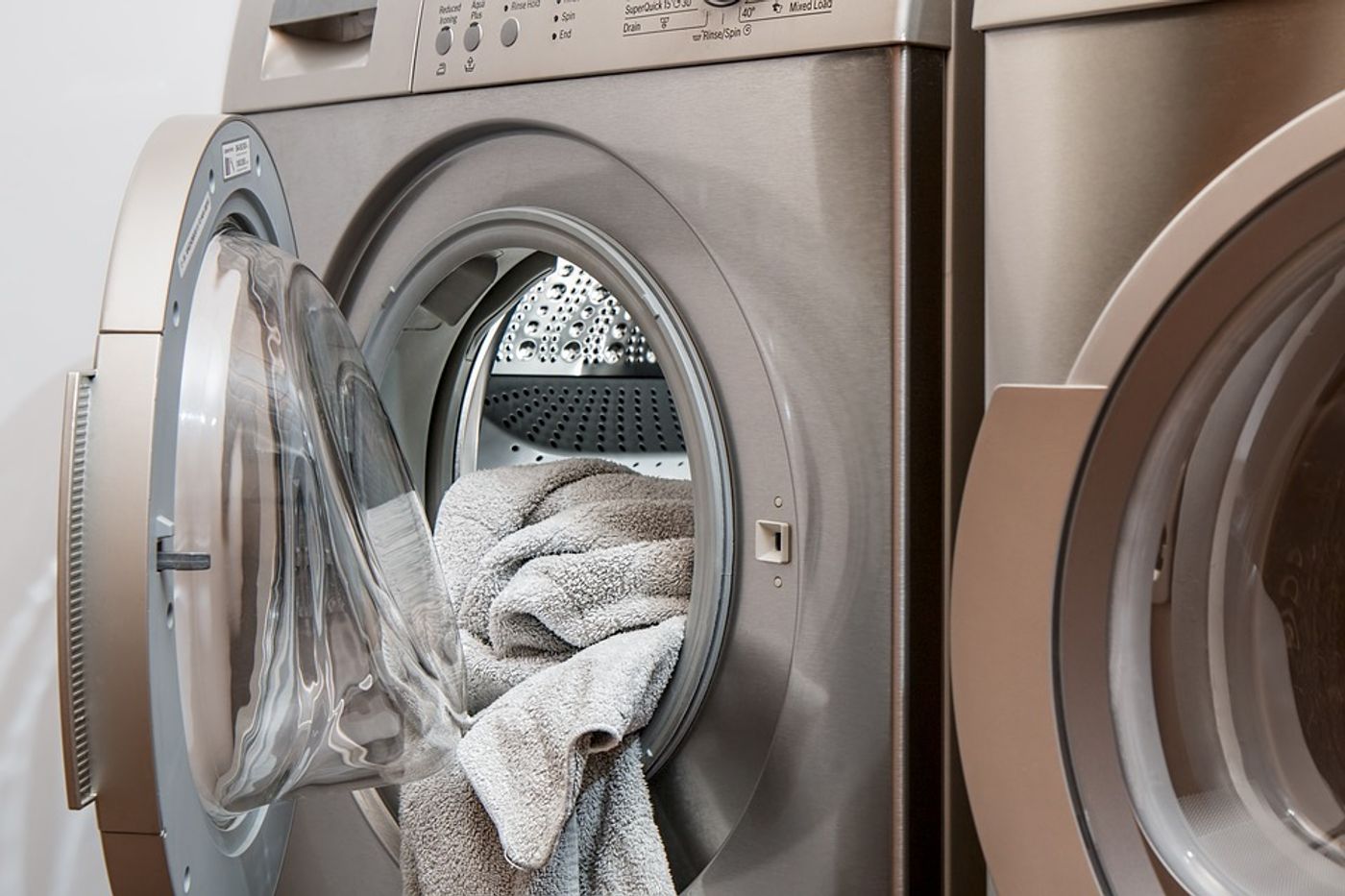Attn: STOP WITH THE DELICATE CYCLE!
It’s more than likely that you’ve heard of plastic microfibers and the dangers that they pose to our oceans, air, and earth. But did you know that even just the simple act of washing your clothes releases microplastics into the sewage that eventually ends up in the oceans? In fact, a study from Plymouth University found that a single load of laundry can release up to 700,000 microplastic fibers.
But what can we do about this? You’re not likely to stop washing your clothes in a washing machine, so it’s time to look at the alternative options. That’s where new research from Newcastle University comes in. The study, published in the academic journal Environmental Science and Technology, suggests that the setting we choose to wash our clothes in has a big impact on the release of microfibers – with the delicate cycle being the worst offender.
In fact, according to the study, the delicate cycle releases the most microfibers because of the volume of water that it uses, not because of agitation from the spin cycle. Ph.D. student Max Kelly led the research and explained the surprising finding:
"Counterintuitively, we discovered that 'delicate' cycles release more plastic microfibers into the water, and then the environment, than standard cycles. Previous research has suggested the speed the drum spins at, the number of times it changes spinning direction during a cycle and the length of pauses in the cycle -- all known as the machine agitation -- is the most important factor in the amount of microfiber released. But we have shown here that even at reduced levels of agitation, microfiber release is still greatest with higher water-volume-to-fabric ratios. This is because the high volume of water used in a delicate cycle which is supposed to protect sensitive clothing from damage actually 'plucks' away more fibers from the material."
And just to put some hard numbers down, Kelly and his fellow researchers found that the high volume of water used in delicate cycles is so much more impactful in terms of microfibers that on average, 800,000 more fibers were released in a delicate wash than a standard cycle.
How did the team actually measure this? They basically installed a faux laundromat in their lab, otherwise known as a tergotometer, or a benchtop device made up of eight (1000 mL) washing vessels that simulate full-scale domestic washing. Then they tested out how different conditions such as water volume, spin speed, temperature, and time affected polyester clothing. Finally, in order to count the microfibers, they used a DigiEye camera, which is a digital color imaging system that can accurately detect microfibers.
This research contradicts the previous notion that delicate cycles release fewer microplastics. Kelly hopes that the team’s work will result in changes in the manufacturing industry. "Reducing the amount of plastic pollution is everyone's responsibility and often it's the small changes that make a huge difference,” he said. “By avoiding high water-volume-to-fabric washes such as the delicate cycles and ensuring full wash loads then we can all do our bit to help reduce the amount of these synthetic fibers being released into the environment. Hopefully, these findings may also be used by manufacturers to influence the design of future washing machines and reduce our plastic footprint. Over time these changes could also see a global reduction in the amount of energy and water required to wash our clothes."
Sources: Environmental Science and Technology, Science Daily









